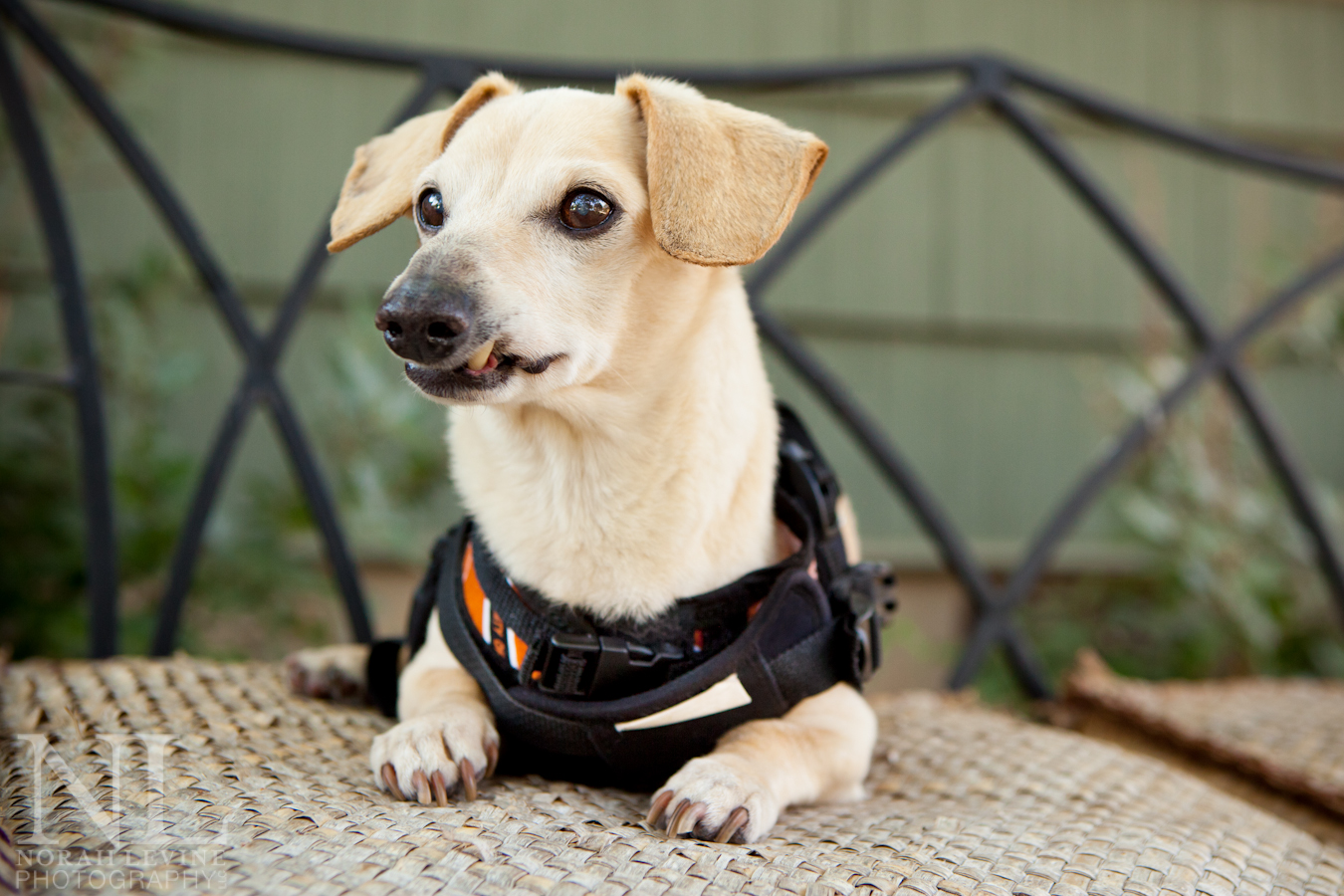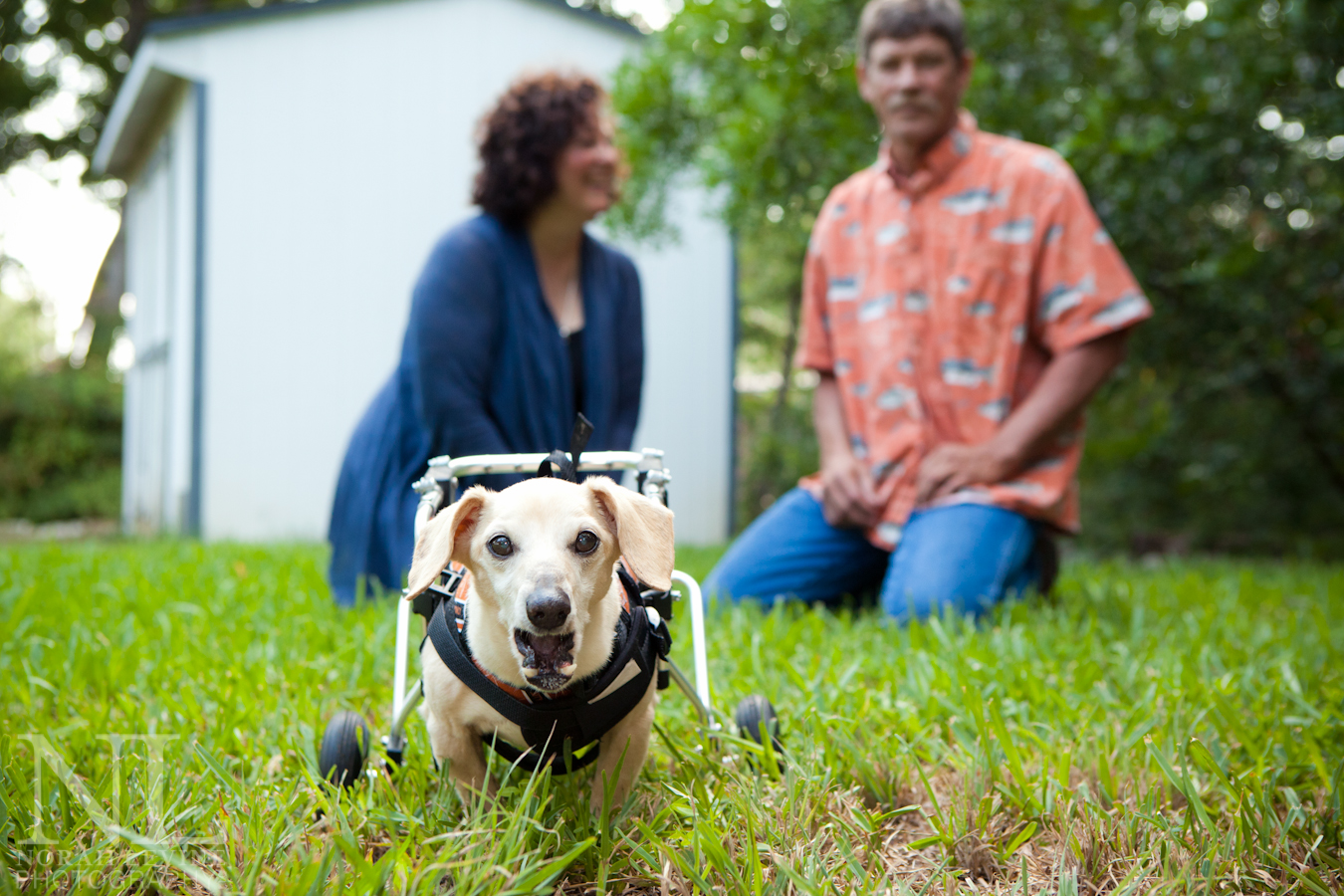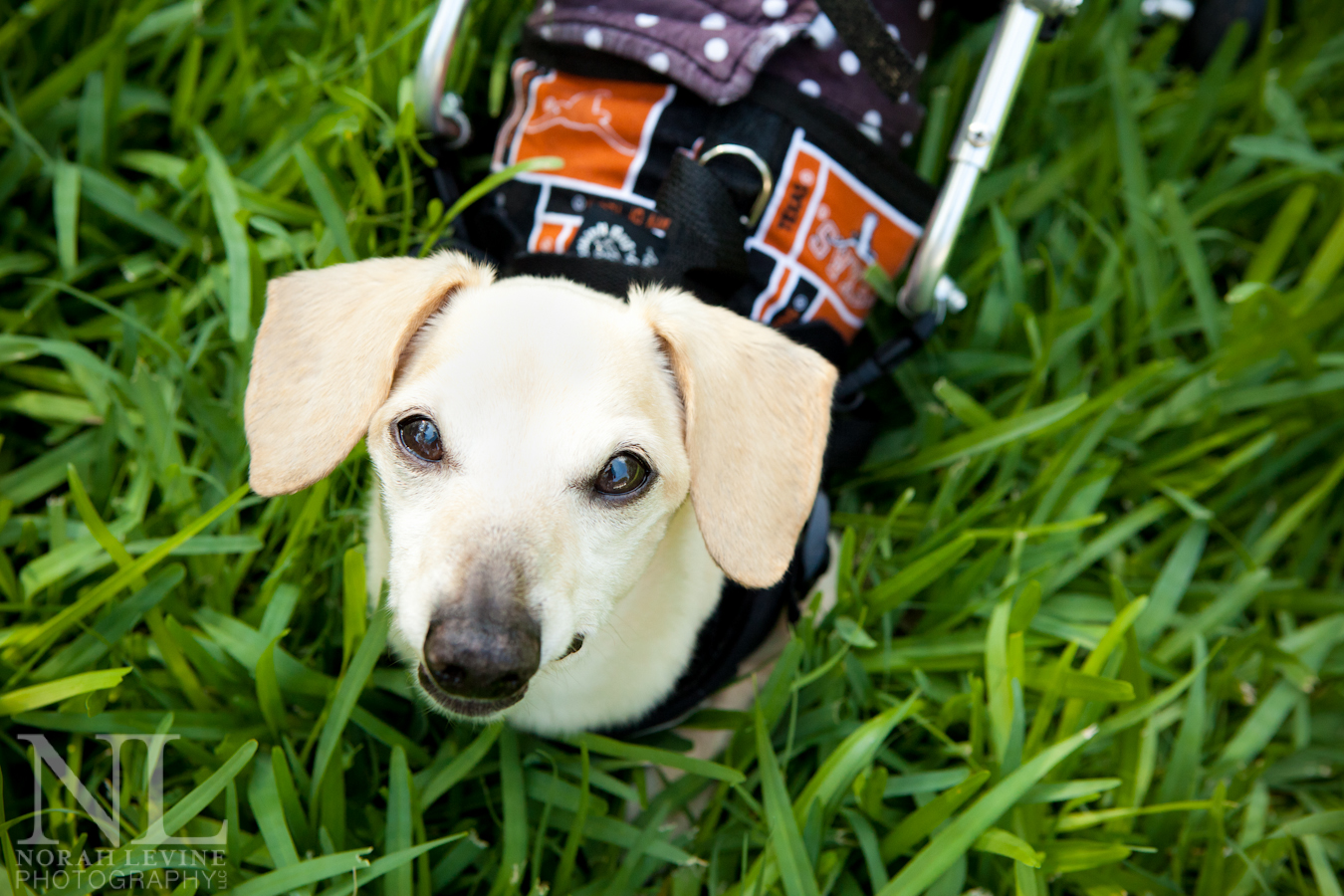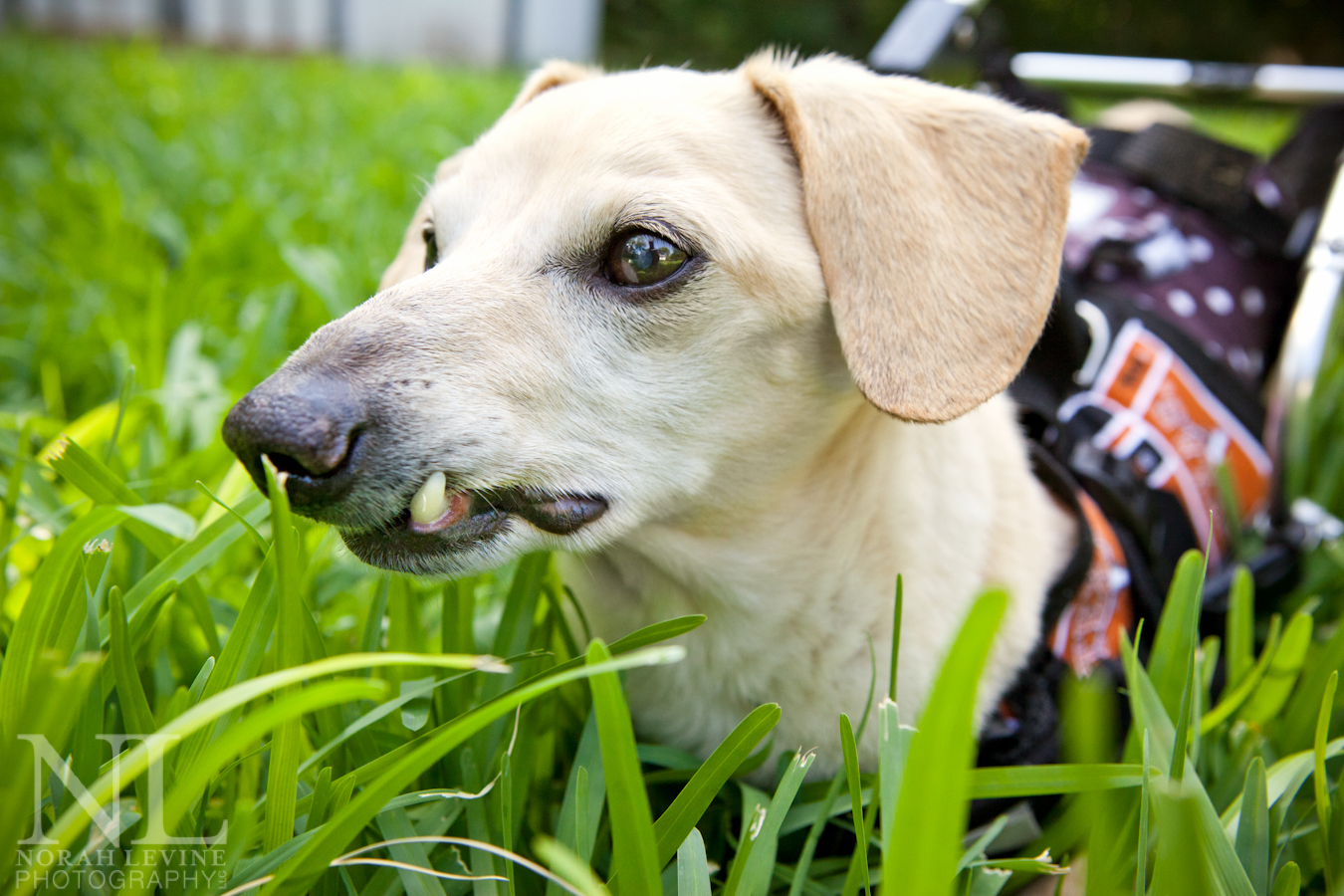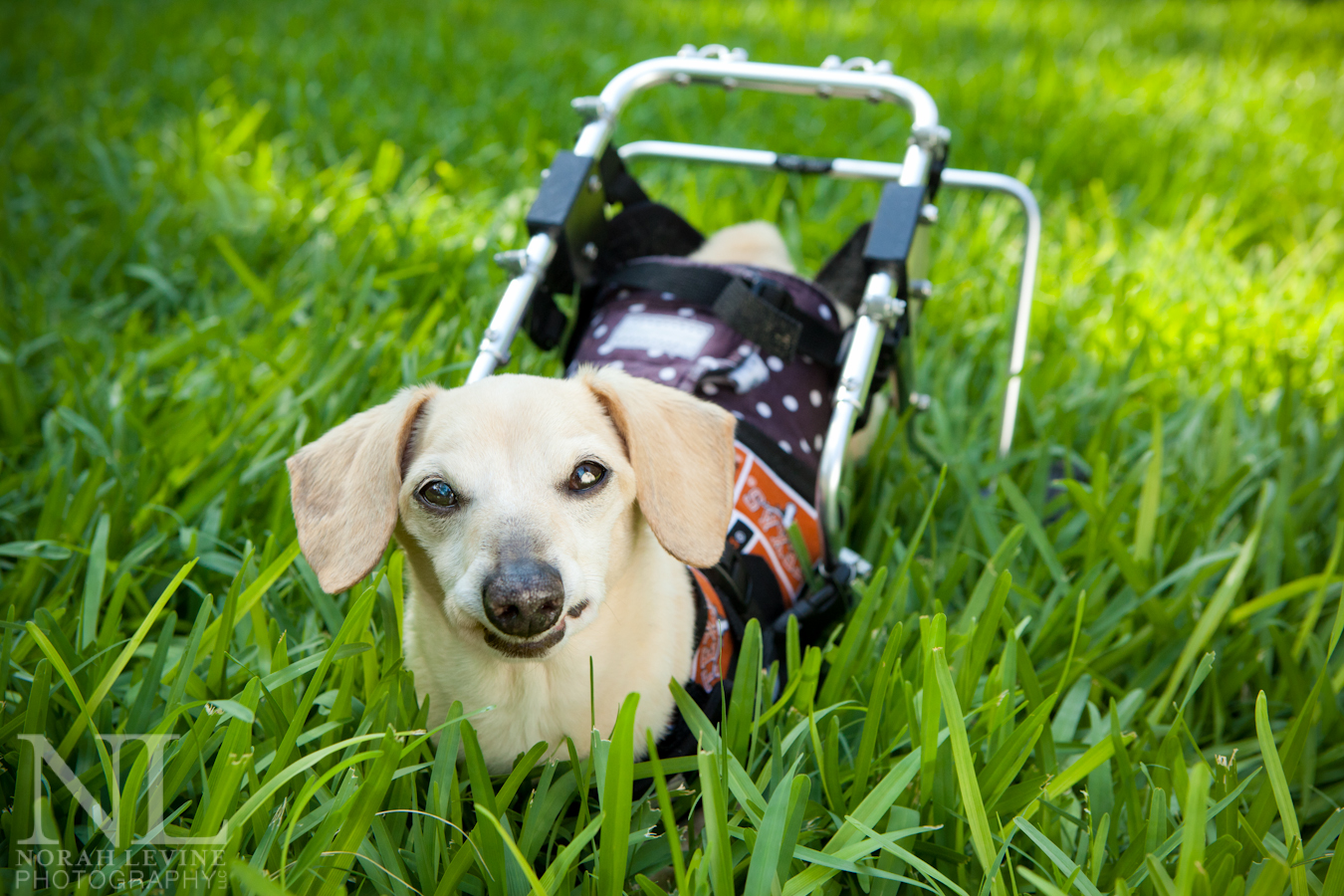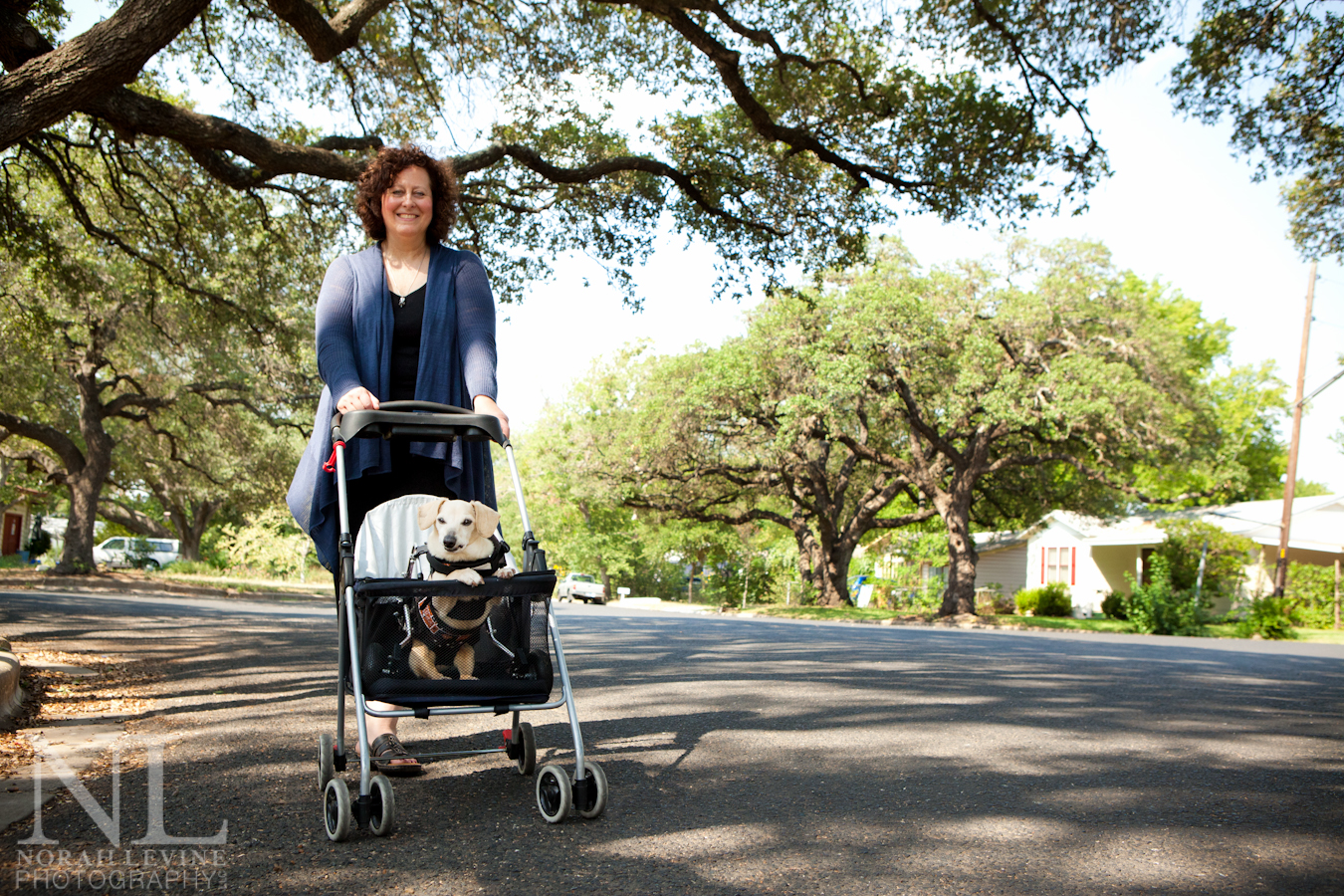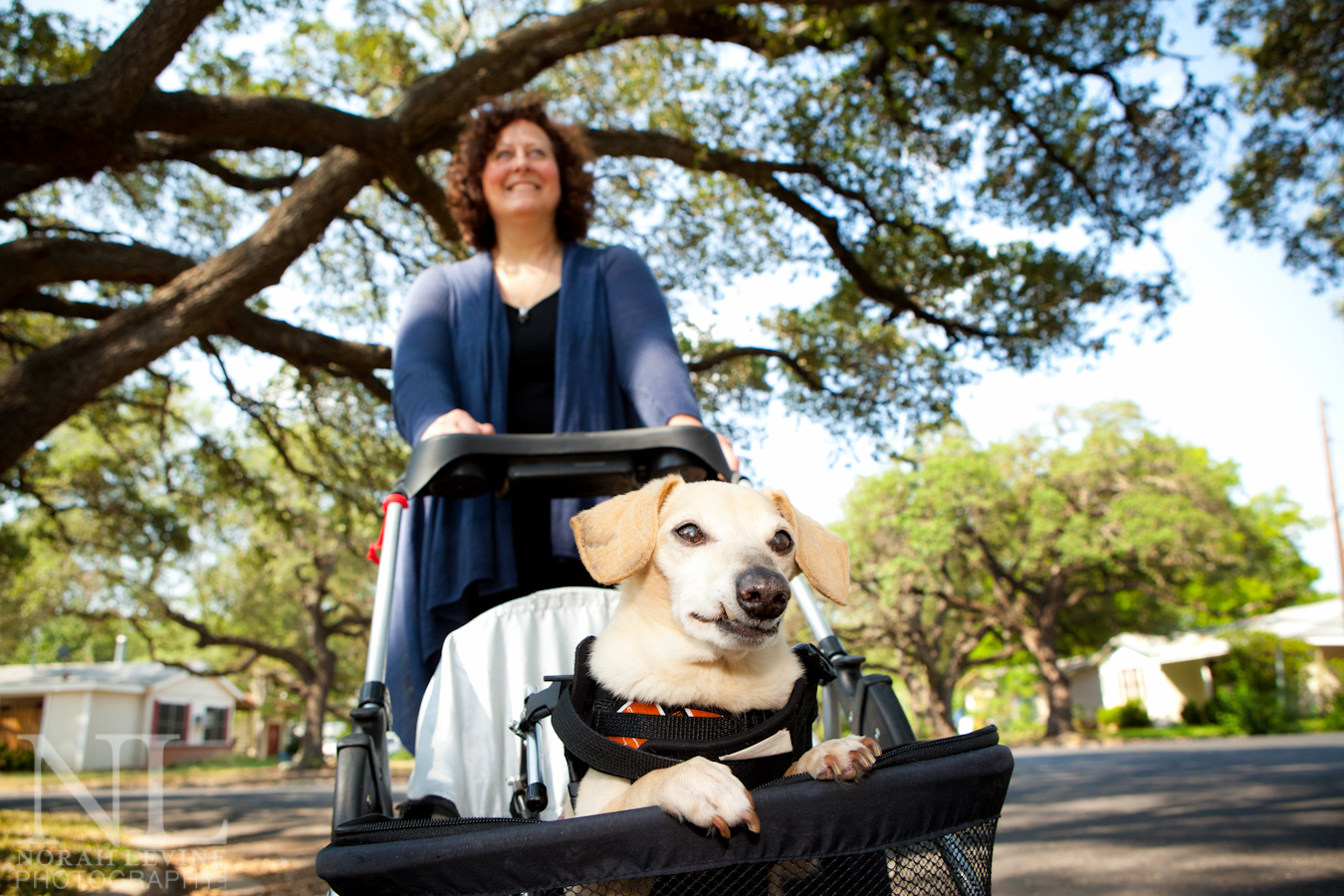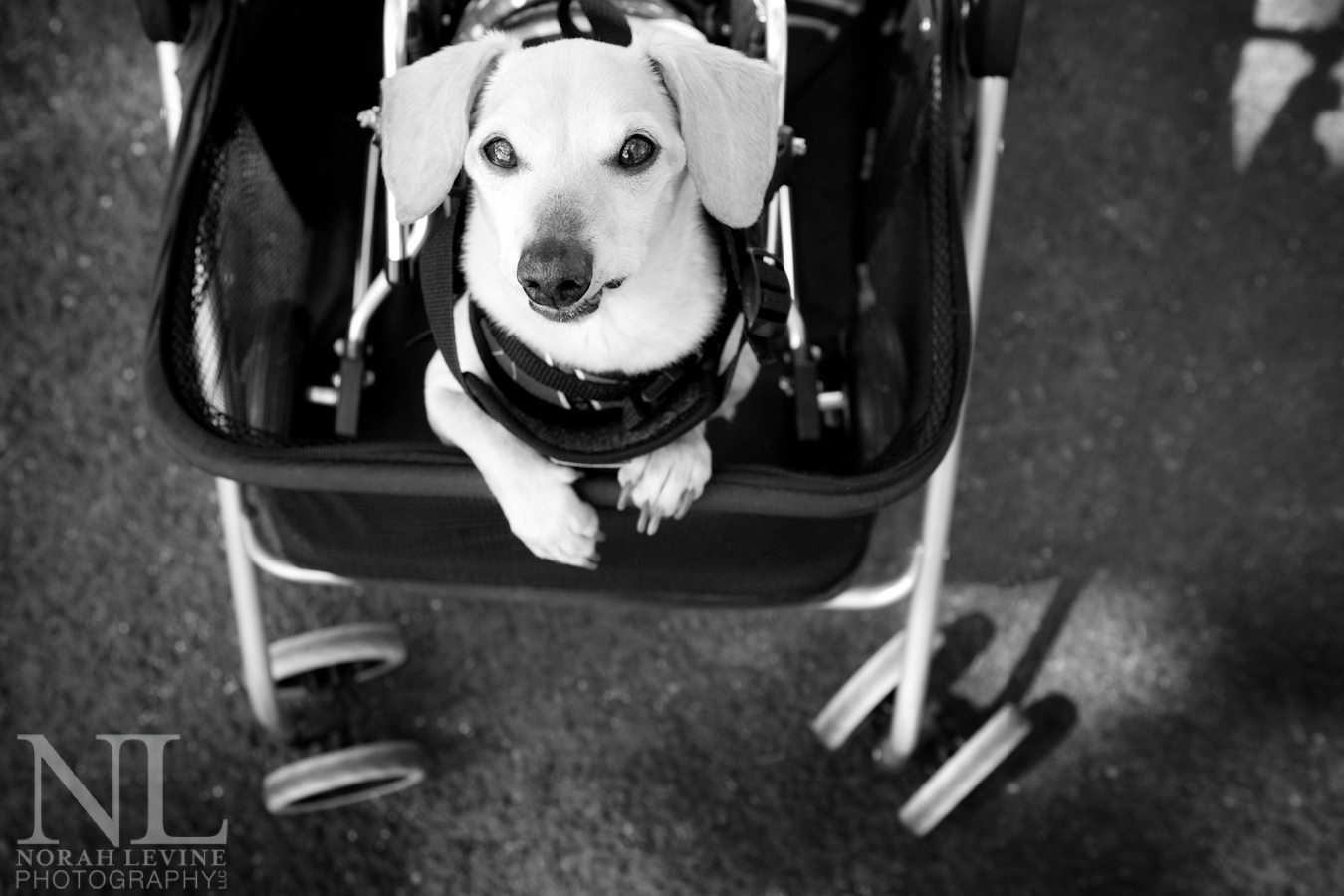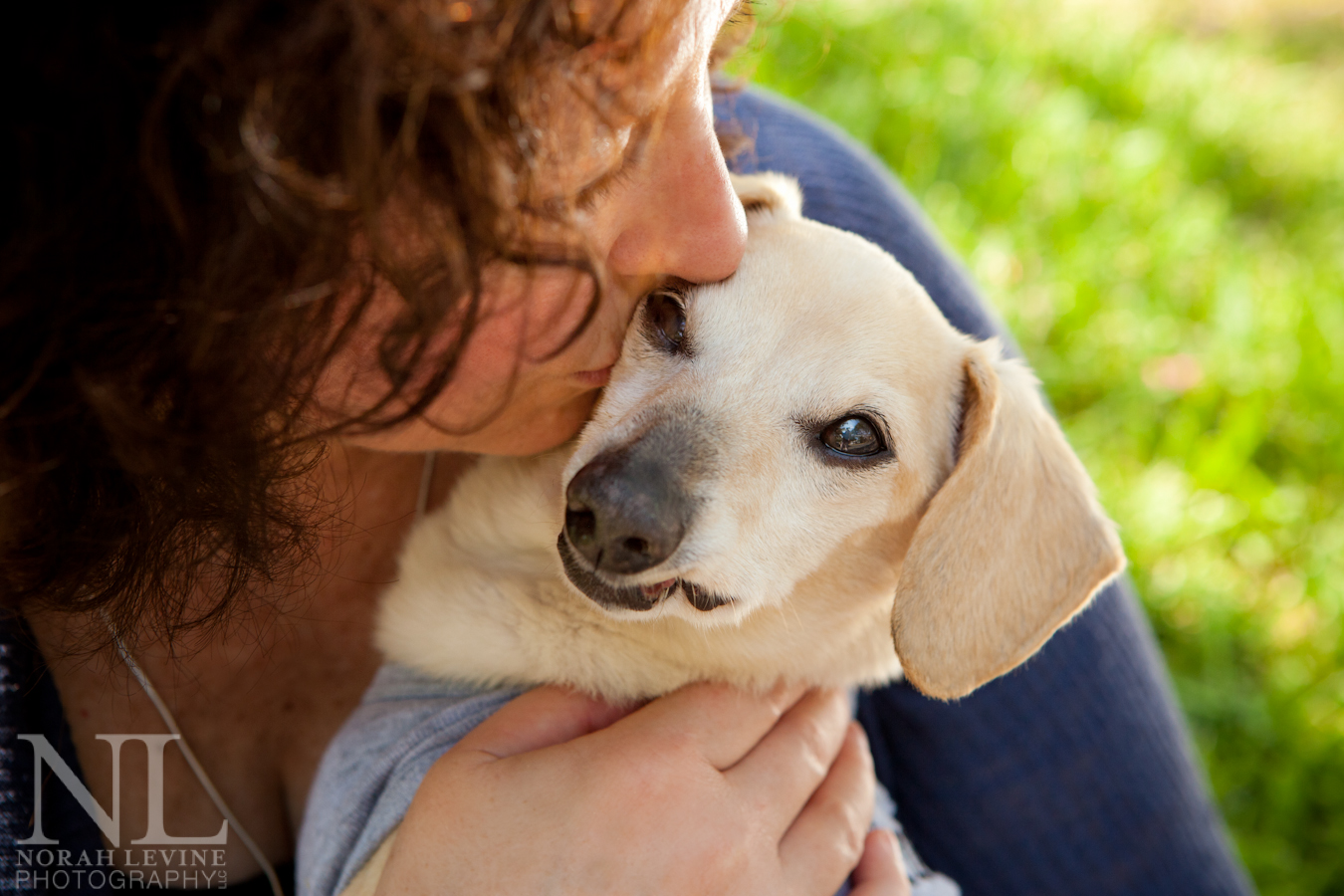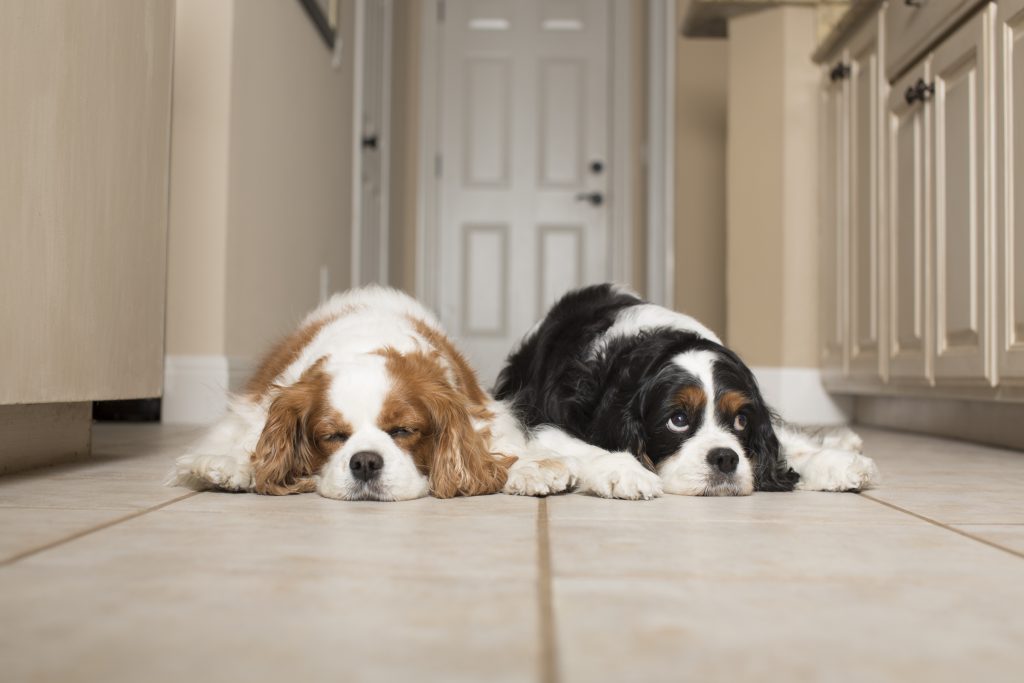 It’s that time of year again! As the temperatures climb here in Austin, so does the risk for heat exhaustion and heat stroke in our canine friends. We all want to get out there and enjoy that nice weather, and even when it gets hotter -- we don’t want to abandon our exercise routines we’ve worked so hard to stick to. However, it is important to be very careful with your dog during these warmer months.
It’s that time of year again! As the temperatures climb here in Austin, so does the risk for heat exhaustion and heat stroke in our canine friends. We all want to get out there and enjoy that nice weather, and even when it gets hotter -- we don’t want to abandon our exercise routines we’ve worked so hard to stick to. However, it is important to be very careful with your dog during these warmer months.
Causes and Risk Factors
Your dog doesn’t tolerate heat in the same way you do. While we perspire across our entire bodies, dogs primarily cool themselves through panting. When we begin to feel faint as humans, it signals us to slow down. Our dogs, however, are often so excited to follow and keep up with us, that they might not realize when they're feeling a little run down from the heat.
A dog can get overheated even when the ambient temperature is below their body temperature, simply from of all the heat they generate through activity -- the hotter it is, the higher the risk. Even when a dog is not very active, very high temperatures in cars left off or simply in the backyard can sometimes cause major problems. By the way, it is also important to be aware of the temperature of the ground when you are out with your dog, as they can burn their pads on hot pavement or sidewalks.
Other than ambient temperature, the single most important risk factor for heat stroke is breed and conformation. If your pet is brachycephalic (a breed with a short nose or flat face) such as a pug or a boxer, you need to be very cautious and only let your pet exercise outside when it is cool, such as early in the morning. Of all the pets I’ve treated for heat stroke, the vast majority of them have been these breeds.
Finally, obese and overweight pets are also at increased risk for heat stroke. All that extra insulation makes it tougher to get rid of heat, and fat can also constrict the respiratory system making it less efficient. This directly impacts a dog's ability to exchange heat by panting.
Signs of a Problem
The signs of heat stroke include a pet who is beginning to pant more than usual or harder than usual, and will continue to pant, even when calmed down. As the problem progresses, a dog experiencing heat stroke will become less active and be reluctant to walk or move. Eventually these pets become completely unable to walk or even stand -- they will just pant.
As their body temperatures warm, pets suffering from heat stroke will go through a cascade of internal events. All of the enzymes and organs in your pet’s body are designed to operate at a particular temperature and pH. When that temperature is exceeded in heat stroke, your pet will undergo multiple organ failure and severe brain damage. Ultimately this can lead quite quickly to death. Even if a pet survives severe heat stroke, permanent brain or organ damage can occur.
How to Prevent Heat Stroke
Avoid walking or especially running your dog during the heat of day in the summer, late spring, and early autumn. When you do go on walks, bring along water for your pet. Because pets cool off by panting, they lose a large amount of water and moisture and need to stay hydrated. There are many fold-able dog dishes that can fit in your pocket that are commercially available.
Of course, you should be extra careful about taking out short-nosed breeds at any time other than the very early morning. Even then, pay very close attention to how your pet is doing. I can't stress enough just how fragile the respiratory tracts of boxers, pugs, French bulldogs, English bulldogs, and other short-nosed breeds are.
Keep your pet at a healthy weight. Exercise is obviously very important, but don't forget that the majority of weight-control is going to come in the form of dietary management. At a healthy weight, you pet will be able to cool off more efficiently.
Never leave your dog unattended in a parked car. Even with the windows cracked, these vehicles can easily exceed the atmospheric temperature by a great deal. It is amazing how quickly this can cause severe and often fatal heat stroke in pets (and humans, for that matter).
Finally, always be on the lookout for the early signs of heat stroke so you can stop it before it becomes life-threatening. If you notice your pet slowing down or panting more than usual, take a break in the shade. Offer your pet some water and give her a rest. Once she has calmed down and gotten her energy back and her panting under control, head back home.
Exercise is great for your pet's health and your own. Don't give up on it all together, but be smart about it and your canine friend will thank you.

About the Author:
Casey Hill, DVM, cVMA
Dr. Casey Hill, the Doorstep Vet, graduated from veterinary school in 2010 at Virginia Tech. Upon graduation she moved to Austin with her husband, Christian, and two cats. Since that time she has been working to keep the pets of Austin happy and healthy. She has worked as a traditional cat, dog, and exotics practitioner but now concentrates on her housecall work with Doorstep Vet. Dr. Hill's acupuncture training was completed in 2016 in Fort Collins, Colorado and she is excited to offer this valuable modality to her housecall patients. You can also follow her on Facebook!

 There are many benefits to animals for residing with us in our homes, but did you know that having a pet is also
There are many benefits to animals for residing with us in our homes, but did you know that having a pet is also 